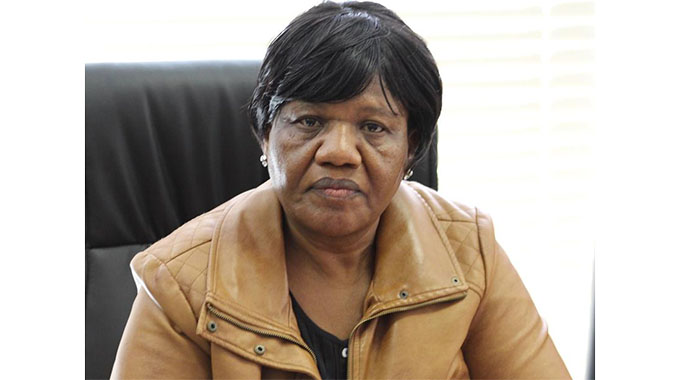EDITORIAL COMMENT : Black market pushes medical costs into orbit

AMID all the discussion and argument over pricing, foreign currency and tying local currency prices to the black market “ask” rate, about 40 percent higher than what the street dealers pay when they buy US dollars, there has been little pressure on possibly the worst sector, the health providers.
The health sector has been pricing in US dollars continuously, which in itself is not evil since it gives them constant pricing, but has been, also continuously, using the black market selling price when converting to local currency, which is not only illegal, but also prices private health services out of the reach of almost all ordinary Zimbabweans who cannot get quick diaspora transfers from family outside the country.
On a couple of occasions some doctors and most private hospitals and pharmacies had a determined effort to totally dollarise, and not accept any local currency payments at all.
The Government and other authorities took the necessary action to stop that.
But it has been almost impossible to stop the black market pricing in local currency, despite the fact that foreign currency for medical supplies, medicines and medical equipment is in the top priority group at the foreign currency auctions and no one has suggested that the importers of these products have any difficulty obtaining currency and importing what we need.
So, for the imported products that the sector uses, and despite the welcome increase in more local content, this is still unacceptably high.
The interbank exchange rate with its 10 percent mark up makes economic and ethical sense. The mark-up copes with the small gap in time between orders. The interbank and auction exchange rates have been aligned now for two months.
To a degree, this sector has been able to get away with its pricing and costing formulas because it provides something that people do not need every day, except for those with chronic medical conditions who need daily medication.
Also, when most people need expensive medical care, it is often a matter of life or death, or at least serious illness, and so people find the money.
The Government has been making a determined effort over the last two years to upgrade the public health sector, and that has seen public clinics and hospitals move out of intensive care into something that can provide reasonable health care to many people.
The effort needs to continue of course, but the Government is pushing ahead.
But even here, those who can afford higher priced private care, or who have medical aid, often have to use the private wards or beds at major public hospitals, or at least pay fees that are waived for those who are not so fortunate.
But even here there are increasingly large gaps between what health funders, a useful term that includes the not-for-profit medical aid societies and the for-profit health insurers, are ready to pay in local currency for health services and what these actually charge.
The black market exchange rate used makes these co-payments far higher that they would normally be. Indeed this practice can quite easily convert a fee that would be covered by the health funder’s payment to one where the patient has to pay at least a half.
Even where there is a minimum co-payment, such as the recent US$5 introduced by the largest funder, PSMAS, this is far higher in local currency in the private sector than it is in the public sector where the interbank rate is enforced.
Health funders are in a difficult position. Most of those who join medical aid societies or seek commercial health insurance earn their living in local currency and so need to pay their monthly subscriptions or premiums in local currency.
Yet few people can pay out a quarter or even half their income in the monthly payments to get full coverage at the inflated prices charged by the private health sector.
Admittedly many medical aid societies and insurers, especially the largest, have a range of options, especially the largest two, PSMAS and CIMAS who between them must fund more than 10 percent of the entire population once you include spouses, children and other approved dependants of primary members.
These two start with a policy that basically requires those using it to go through the public health system starting with a public system clinic. But they pay or refund the fees.
Since the 1990s, PSMAS and more recently CIMAS have also moved into managed health care, where they own and operate their own health facilities and can at least handle a lot of the more routine medical consultations and treatment, although fancier treatment still requires using the big private and public hospitals.
But the net result of the crazy costing formulas, mainly in the private health sector, means that despite paying large sums each month, those on medical aid get only modest value.
And those in the private medical sector get a double benefit: fairly guaranteed access to currency at the interbank rate but incomes and revenues based on the black market rate when they grudgingly accept local currency.
No one disagrees that top-end medical professionals need to be properly rewarded and no one begrudges the pharmaceutical sector a reasonable profit, even if much of their work is being able to count pills these days, because their knowledge and skills mean errors higher up the chain are usually caught and that they can ensure that expired and fake medicines are destroyed rather than sold. They also need to stock the right medicines on their shelves.
We understand that equipping a hospital or advanced treatment clinic, or stocking adequate quantities of an increasingly rising range of medication, is neither simple nor cheap.
So costs have to be covered and a reasonable profit allowed. Where we draw the line is the doubling of that profit by using black market exchange rates.











Comments